Abbreviations
Always use in full first, then brackets – e.g. Control of Substances Hazardous to Health (COSHH) – if you’re using it more than once, unless it’s such an obvious one that you assume the every reader will 100% know it – e.g. UK, USA, or FBI. Use ‘e.g.’ and ‘i.e.’, when using these Latin abbreviations.
Ampersands
Avoid use of the ampersand symbol (&) where the word ‘and’ will do in written work, unless it’s part of a well-known combo – e.g. R&D – or if space demands it, e.g. diagrams, illustrations etc.
Capitals
Capitals shouldn’t be used to signify importance; they should be used for proper nouns and names. A specific job title, e.g. The Marketing Manager or The Director of Innovation, should be capitalised, but they should not be used for general titles e.g. “the manager was in the office” or “the director was attending a conference”. Something like a room e.g. “Operating Room” doesn’t need to be capitalised, unless we are then going to abbreviate throughout the rest of the content – e.g. Operating Room (OR) in the first instance, OR in the second onward.
Companies
All organisations, including Sagentia Innovation, should be treated as singular entities and therefore should be accompanied by ‘is’ or ‘has’, not ‘are’ or ‘have’, e.g. “Sagentia Innovation is the leading…”. It’s fine to say ‘we’ or ‘our’ when describing the activities of people, or groups of people, within an organisation however – e.g. “We can offer bespoke solutions to your needs” or “Our team uses cutting- edge lab equipment to..”.
Dates
14 July 2016, or for the US, July 14 2016. (No commas, and no ‘th’, ‘nd’ or ‘rd’ after the number.)
Distances
Metres and miles should be written out in full, to avoid confusion with the abbreviated form of million, where it’s not obvious from context.
Exclamation marks
To be used sparingly, if ever. Over-use tends to look amateurish and unprofessional. Exclamation points should not be used to signpost a particularly interesting or relevant piece of information, they are designed to be used at the end of exclamatory sentences, i.e. sentences which express a strong or surprising emotion e.g. “That’s amazing!”
Forward slashes
Try to avoid using these where possible. Either/or examples, such as his/her, are fine but try using plain English (“and” or “or”) where possible. This helps improve flow and readability, particularly for non- technical audiences e.g. – “Science critique/validation” is jarring compared with “Science critique and validation”.
Headlines and Sub-heads
Caps first word then lower case the rest, e.g. “Partners and acquisition diligence”, not “Partners and Acquisition diligence”, “Partners and Acquisition Diligence”, or “Partners And Acquisition Diligence”. Proper nouns are fine to caps up, of course, e.g. “Our thoughts on Amazon Health’s announcement.” Headings and sub-heads should be aligned with the left-hand side of text, except for on the main title of an entire document, which should be centred. Headings should be bold but not underlined, where possible.
Hyperlinks
Always link to a section of text which says something about what’s at the other end. This is primarily to help the reader (who may be skim reading / key term hunting in a document), but it also helps with SEO. ‘Click here’ or ‘find out more here’ should not be used, they tell the reader or search engine crawlers nothing useful and, in the case of emails, can set off spam filters.
Locations
Use a capital when referring to geographic regions, (e.g. the Midlands or the North East of England) but don’t capitalise when using compass point directions (e.g. northern).
